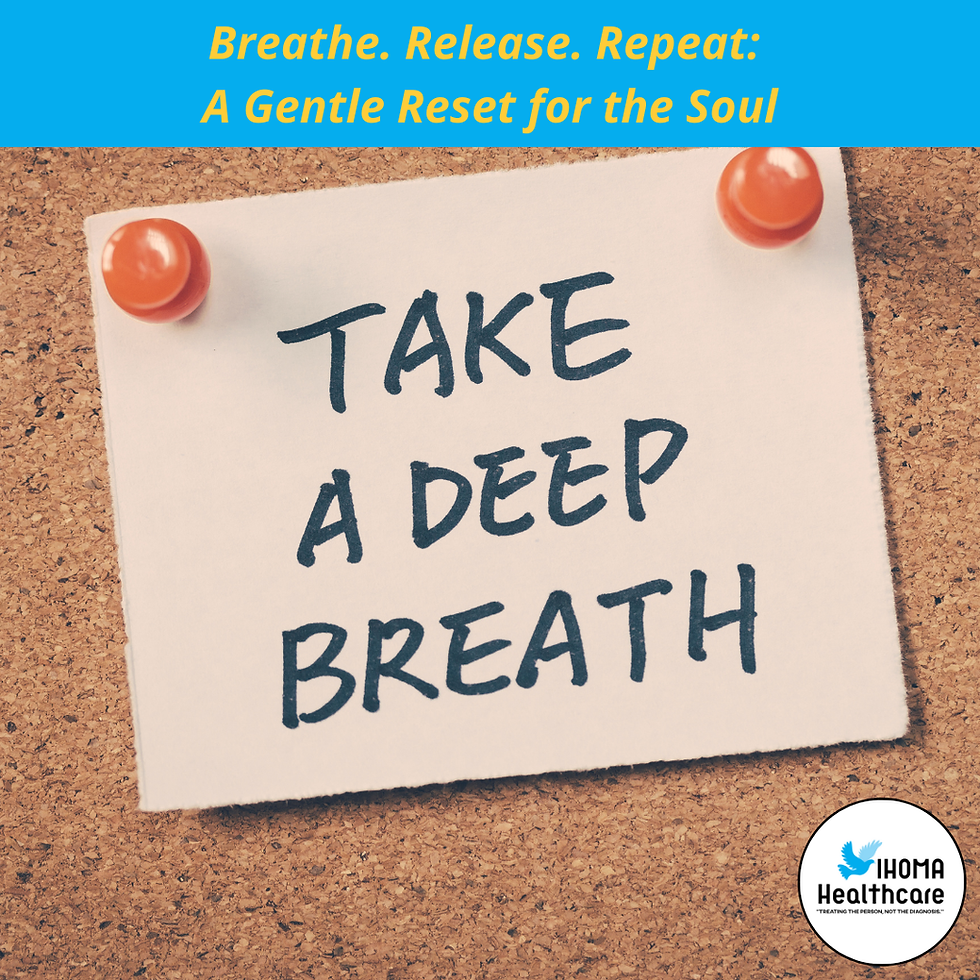The Connection Between Physical and Mental Well-Being
- Ugoma Uche

- Mar 25, 2024
- 3 min read

In the intricate dance of life, the connection between physical and mental well-being is a symbiotic relationship that we often underestimate. Picture a scenario: you lace up your sneakers for a brisk walk or engage in a heart-pumping workout. The physical exertion, beyond its immediate benefits for your body, sends subtle ripples into the vast reservoir of your mental well-being.
Exercise, as a cornerstone of physical health, serves as a dynamic catalyst for mental wellness. It's not merely about sculpting the body or shedding a few pounds; it's a holistic endeavor that engages the mind and spirit. When you move your body, whether through a jog, a yoga session, or a weightlifting routine, you're not just building physical strength; you're fostering a harmonious balance that extends to the realm of mental resilience.
The physiological impact of exercise on the brain is nothing short of remarkable. As you engage in physical activity, your body releases endorphins—those feel-good neurotransmitters that act as natural mood elevators. The rush of endorphins is akin to a gentle wave of positivity, washing away stress, anxiety, and even mild depression. It's an internal symphony that tunes your mental state to a more optimistic frequency.
Moreover, regular exercise is a powerful ally in the battle against the silent saboteur: stress. In the crucible of daily life, stress can accumulate like a weight on our shoulders, affecting not just our mental state but our physical health as well. Exercise becomes a potent antidote, a release valve that dissipates the tension stored in our muscles and allows us to face stressors with a clearer, more composed mind.
The connection between physical and mental well-being extends beyond the realms of exercise. Consider the importance of sleep—a fundamental pillar of our physical health that is intricately linked to our mental resilience. When we prioritize sufficient and quality sleep, we gift our minds the opportunity to rejuvenate and consolidate memories. The impact is tangible: improved concentration, enhanced problem-solving abilities, and a more resilient emotional state.
Nutrition, too, plays a pivotal role in this intricate interplay. The food we consume is not just fuel for our bodies; it's a source of nutrients that directly influence our cognitive function. A well-balanced diet rich in essential nutrients provides the brain with the building blocks it needs to function optimally. The connection between what we eat and how we feel is an intimate dialogue, with our dietary choices influencing our mood, focus, and overall mental well-being.
In the mosaic of our lives, stress management emerges as a key bridge between physical and mental health. Practices such as mindfulness, meditation, and deep-breathing exercises are not just tools for mental tranquility; they also have measurable physiological effects. These practices activate the parasympathetic nervous system, signaling to our bodies that it's time to rest and recuperate.
As we navigate the intricate relationship between physical and mental well-being, let us recognize that the two are inseparable facets of our holistic health. It's not about pitting the body against the mind; it's about understanding that they operate in tandem, each influencing and supporting the other. The choices we make concerning our physical health, from exercise routines to dietary habits, have a profound impact on our mental resilience.
So, let's embrace the understanding that nurturing our bodies is a form of self-care for our minds. Whether it's a mindful walk in nature, a wholesome meal, or a restorative night of sleep, every positive choice reverberates through the intricate web of our well-being. The connection between physical and mental health is a dynamic dance—a dance that, when acknowledged and honored, paves the way for a life rich in vitality, resilience, and enduring well-being.



Comments